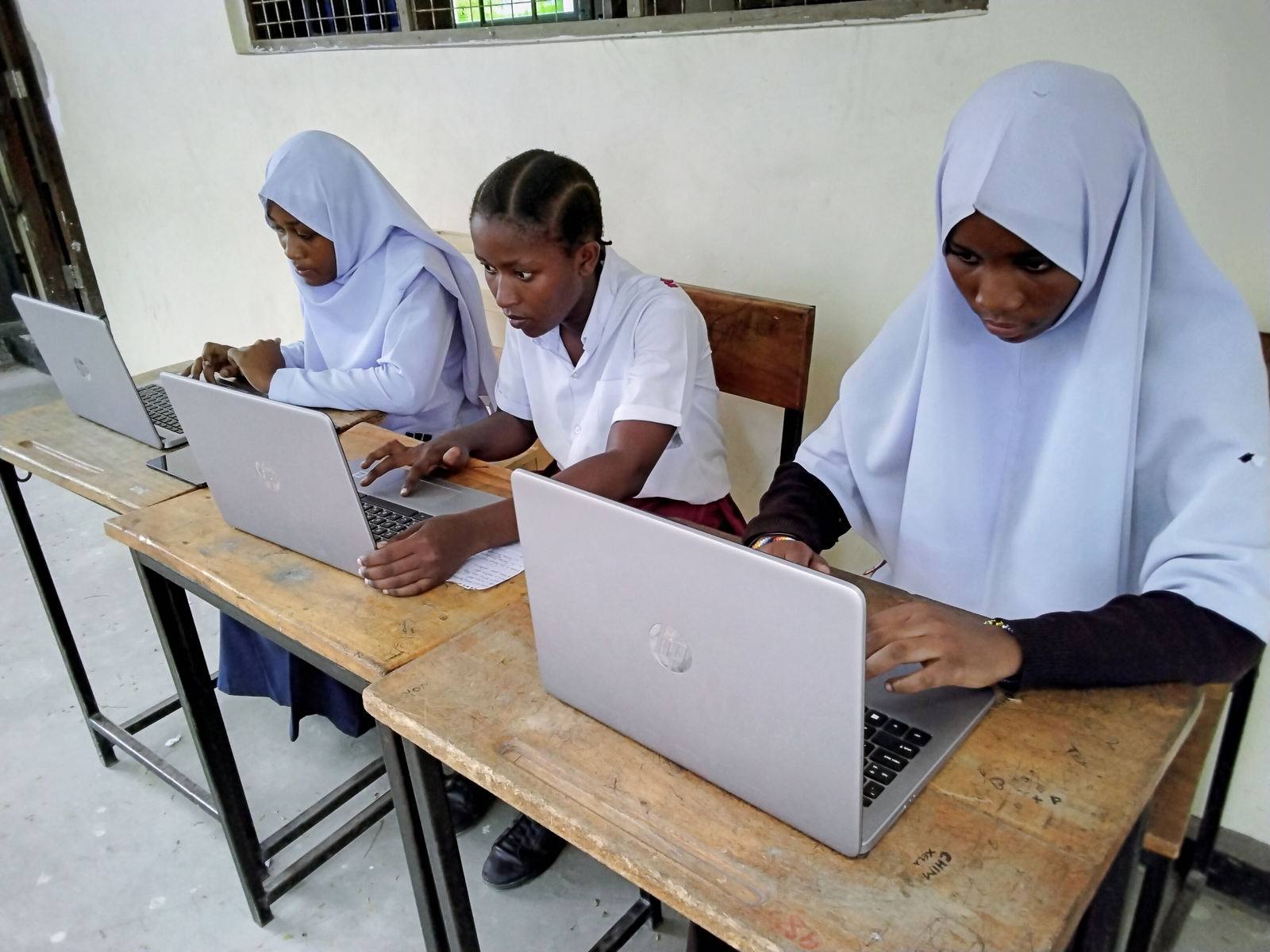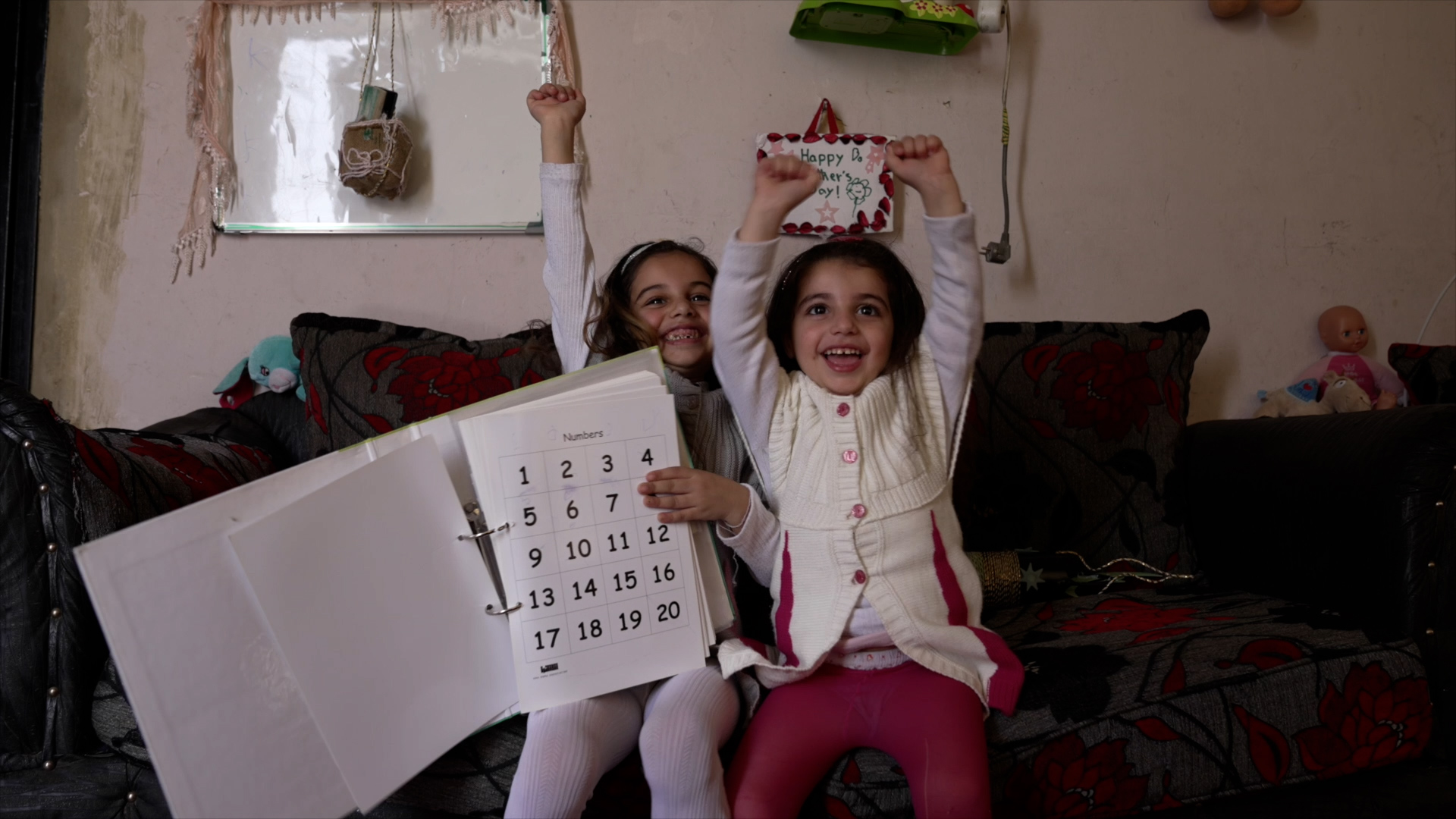
Left behind: world’s poorest children ‘must be at heart of new development goals’
Children in conflicts, Girls' education
Millions of the poorest and most disadvantaged children in the world will be left behind unless they are the focus of new 15-year development goals to be agreed by world leaders.
The United Nations children’s agency UNICEF warned today that – despite significant progress since 2000 – huge numbers of children are still living in poverty, dying before the age of five and not going to school.
Launching its final report card on the child-related Millennium Development Goals set 15 years ago, Executive Director Anthony Lake said: “The MDGs helped the world realise tremendous progress for children – but they also showed us how many children we are leaving behind.”
Disparities within countries have left children from the poorest households twice as likely to die before their fifth birthday and far less likely to achieve minimum reading standards than children from the richest households.
Children from indigenouys Quechua group outside school in Bolivia where many live in extreme poverty Picture: UNICEF/Pirozzi
To address this, UNICEF said disadvantaged children must be placed at the heart of the Sustainable Development Goals roadmap to 2030 which will be adopted by the UN later this year.
Its 68-page report – Progress for Children: Beyond Averages – highlighted some of the achievements, including:
- Between 1999 and 2012, the number of out-of-school children fell from 106 million to 58 million
- In 2015, 69% of countries with data will have achieved gender parity at primary school level
But there are also alarming failings, such as:
- In West and Central Africa, children of primary school age from the poorest fifth of the population are six times more likely to be out of school as those from the richest
- On current trends, it will be almost 100 years before all girls from sub-Saharan Africa’s poorest families are completing lower secondary education
- Female youths (aged 15-24) are 1.7 times as likely to be illiterate than male youths
Shari, aged 13, collects rubbish at Korogocho slum in Kenya to support her family Picture: UNICEF/Schermbrucker
UNICEF said that, unfortunately, the MDGs had allowed many countries to focus “on the easiest-to-reach children and communities, not those in greatest need”.
Mr Lake added: “The lives and futures of the most disadvantaged children matter – not only for their own sake but for the sake of their families, their communities and their societies.”
In his foreword to the report, he backed that up by saying: “If development is to be truly sustainable, it must be truly equitable – and seek to reach every child. For children who have equal opportunities will in turn create greater opportunities for their own children and the generations that follow.”
Here is a more detailed look at some of the UNICEF report findings:
PRIMARY SCHOOLING
Graphics source: UNICEF/Progress for Children
MDG2 was to achieve a basic primary schooling for every boy and girl in every country. The report says that, while the target will not be met, “remarkable progress was made” in lowering the number of out-of-school children.
Between 1999 and 2010, the number dropped by 45% from 106 million to 58 million. South Asia made the greatest progress in reducing the total of out-of-school children from 36 million in 1999 to 10 million in 2012.
West and Central Africa reduced the proportion of children not in school but the rapid growth of the primary school-age population meant reducing the overall number has been slower. More than a quarter of children in the region, about 19 million, are denied an education.
Since 2007, global progress has stalled significantly. A rise in conflicts around the world has been a major factor.
In the majority of countries with data, disparities by wealth in primary school attendance have narrowed – with the greatest gains among children from the poorest 20% of the population. But in several countries the wealth gap remains large and many children are still disadvantaged because of gender, disability and other reasons.
GENDER EQUALITY
Providing girls with an education helps to break the cycle of poverty for those girls and the generations to come. Educated women are less likely to marry early and against their will, are less likely to die in childbirth, more likely to have healthy babies and more likely to send their children to school.
MDG3 was to promote gender equality and empower women. That included eliminating gender disparity in primary and secondary education, preferably by 2005, and in all levels of education by 2015.
The gap has been narrowed significantly. The graphic above shows the progress made in reducing the difference between the number of out-of-school primary-age boys and girls.
For lower secondary school age, in 1999 it was 53 million girls and 46 million boys, a difference of 13%. In 2012 that had narrowed to 32 million and 31 million – just 1%.
But female youth (age 15-24) are still 1.7 times more likely to be illiterate than boys, with 13% of females and 7% of males unable to read and write.
CHILD MARRIAGE
Marriage before the age of 18 can interrupt schooling, result in early – often dangerous – pregnancy, limit opportunities and place girls at risk of domestic violence.
The practice is slowly declining, particularly among girls aged under 15. But population growth means the overall number is rising – there are now 700 million women who were married as children. On current trends, that will rise to 950 million by 2030.
Child marriage is most prevalent in sub-Saharan African and South Asia. The Middle East and North Africa has seen the fastest reduction, with the proportion of women married by 18 having fallen by about half in the past two decades.
The UNICEF report also looks at the issues of nutrition, child mortality, maternal health. HIV/AIDs and malaria, water and saniation, and early childhood development.
Read the full UNICEF report here. And read the statistics by topic and by country here.
You can make your voice heard and tell world leaders they must keep to their promise to get every child in every country into school and learning. Sign the #UpForSchool Petition, which will be delivered to the UN General Assembly in September.
More news

